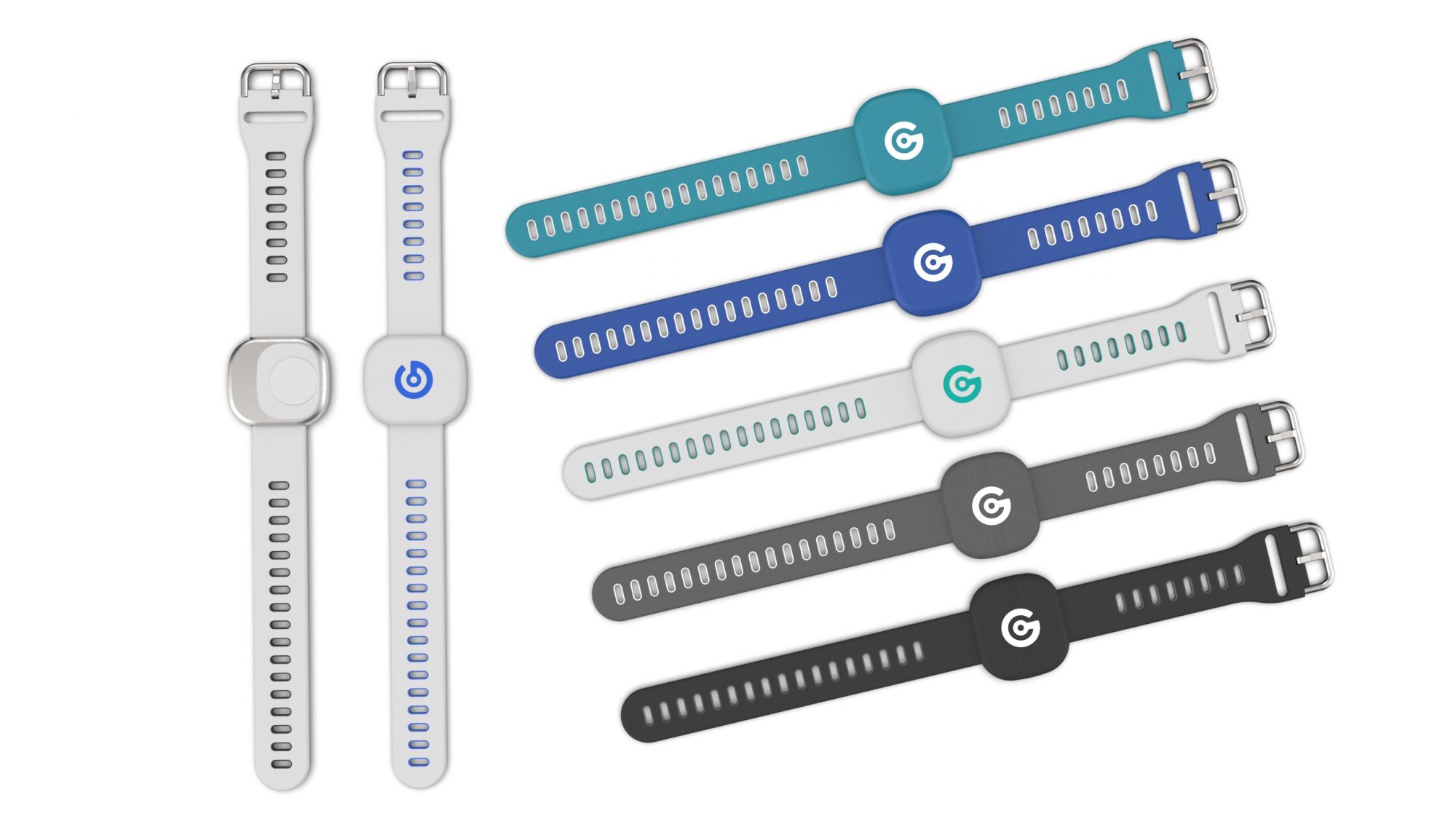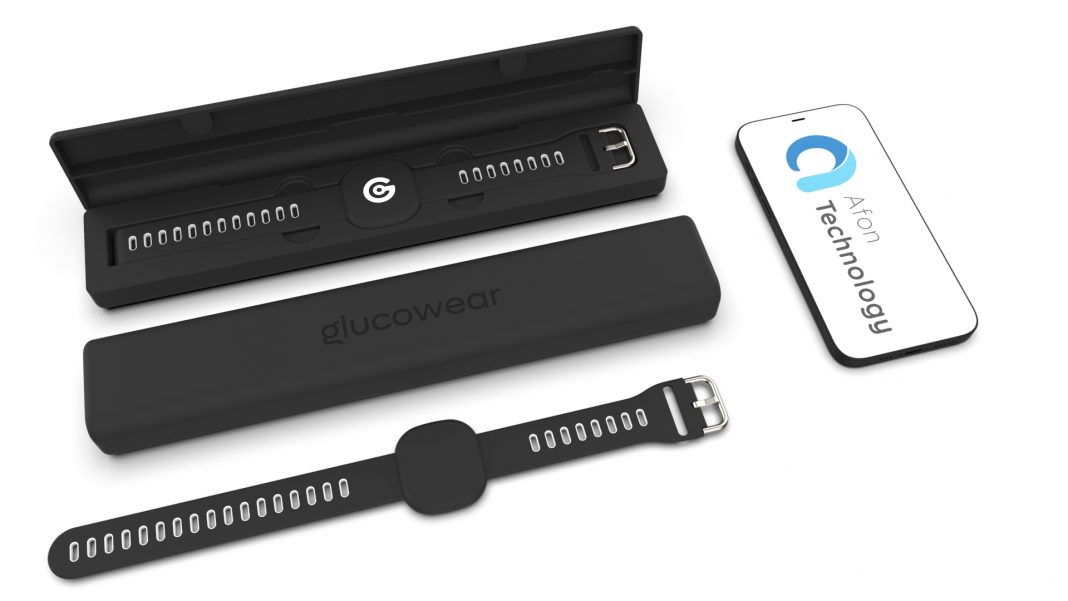Afon Technology Ltd explains how its continuous glucose monitoring (CGM) device provides a non-invasive and pain-free solution for people with diabetes
A small team in South Wales are working hard to be the first to develop a genuinely non-invasive continuous glucose monitor, which will be a huge game-changer in the world of diabetes and beyond.
The burden of diabetes
Diabetes is a global health issue, with 537 million adults living with the disease worldwide, and nearly 80% of those living in low- and middle-income countries. (1) This number is predicted to rise as high as 643 million by 2030, (1) making diabetes arguably one of the world’s biggest health crises.
Access to professional care and diabetes technology is hugely variable across the globe, meaning that many with the condition can live relatively normal, healthy lives supported by the right advice, medication, and technology. However, the International Diabetes Federation reported that in 2021 there were 6.7 million deaths due to diabetes, highlighting how fatal this disease can be for those unable to access or afford the right care, medication, and access to information.
The role of technology in diabetes care
Diabetes technology has made huge progress in the last 100 years, with improvements in the types of insulin available, delivery methods and glucose monitoring, which have all led to better health for those who can access the necessary services and, in many cases, who can afford the treatments and technologies.
People with diabetes must monitor their blood glucose levels throughout the day (and night) to make informed decisions about medication doses, food, and activities. It has been reported that people living with diabetes (particularly those using insulin to manage their condition) make 180 more health decisions every day than those without the disease.
Until the introduction of Continuous Glucose Monitors (CGMs), people with diabetes relied on finger pricking to determine their blood glucose levels, and many still rely on this method. Finger pricking is painful, can cause callouses and lead to loss of tactile sensation.
The introduction of CGMs has changed the lives of many people with diabetes, providing continuous glucose readings, enabling them to monitor the pattern and trends of their blood glucose throughout the day and providing helpful information for their diabetic clinicians. The more information a person with diabetes has to help them make informed decisions, the better their long-term health will be.

Continuous glucose monitors
CGMs currently on the market do a great job. However, the future of continuous glucose monitoring and what many people have been waiting for is a truly non-invasive, real-time glucose monitor. Current CGMs are, at best, minimally invasive, with tiny sensors that penetrate the skin’s dermis layer and have a time lag meaning the results displayed are not in real-time.
Afon Technology, a passionate and dedicated team based in South Wales, has been working hard to develop Glucowear®, a truly non-invasive, real-time, wearable CGM. Headed up by Dr Sabih Chaudhry, the team are tackling one of the biggest challenges in diabetes technology, which nobody has been able to crack to date.
Using ultra-low power rf/microwave technology, the Glucowear® wristwatch device will sit on the underside of the user’s wrist, continually measuring glucose levels which will be fed back to a companion app on the user’s smartphone or device.
Dr Sabih Chaudhry first stumbled across the potential of microwave technology whilst developing a medical device for oncological uses. Whilst doing so, he identified that there must be a way the technology could be used to detect biological constituents.
Along with an old colleague, they experimented with satellite and wave-guide antennas and a bag full of saline, which they loaded with glucose, and this led to what Sabih describes as his ‘Heath Robinson’ moment and the start of a long road to where he is now.
Having secured private investment in 2015, Sabih has built a multi-skilled and talented team to help him develop Glucowear®. The journey has not been without challenges. However, based on the most recent data from a study carried out at the Joint Clinical Research Facility (JCRF) in Swansea, Afon’s device is achieving accuracies comparable with current CGMs when they were first launched on the market.
Glucowear®: A sustainable device for continuous glucose monitoring
Glucowear® boasts several USPs which will make the user’s life easier and have a positive impact from a sustainability point of view. In an interesting article by Professor Lutz Heinemann, PhD, and Professor David C. Klonoff, MD, in the Journal of Diabetes Science and Technology called Diabetes Technology and Waste: A Complex Story, it explains that if an inserter for a glucose sensor contains 80 g of plastic, if millions of patients are using this respective CGM system and need to replace the sensor every 10 or 14 days, this means millions of pounds of plastic waste annually.
Handling this waste is more complicated because diabetes technology often has electronic components. They can also be biohazard risks, meaning incineration is often the preferred disposal method. Incineration, of course, contributes to air pollution and energy use.
With a two-year lifespan and as a wristwatch device, Glucowear® overcomes many of the problems outlined above.
Key features of Glucowear®
- Non-invasive and pain-free
- Real-time results (no lag)
- Continuous glucose monitoring and detection
- Alarm alerts, trend profiles and time in range profile
- Integrated motion detection and environmental sensors
- Bluetooth connectivity to a smart device
- iOS and Android-compatible stand-alone sensor
- User interface via an app on a smart device
- No additional running cost
- No risk of it falling off and needing replacement
Reference

This work is licensed under Creative Commons Attribution-NonCommercial-NoDerivatives 4.0 International.


